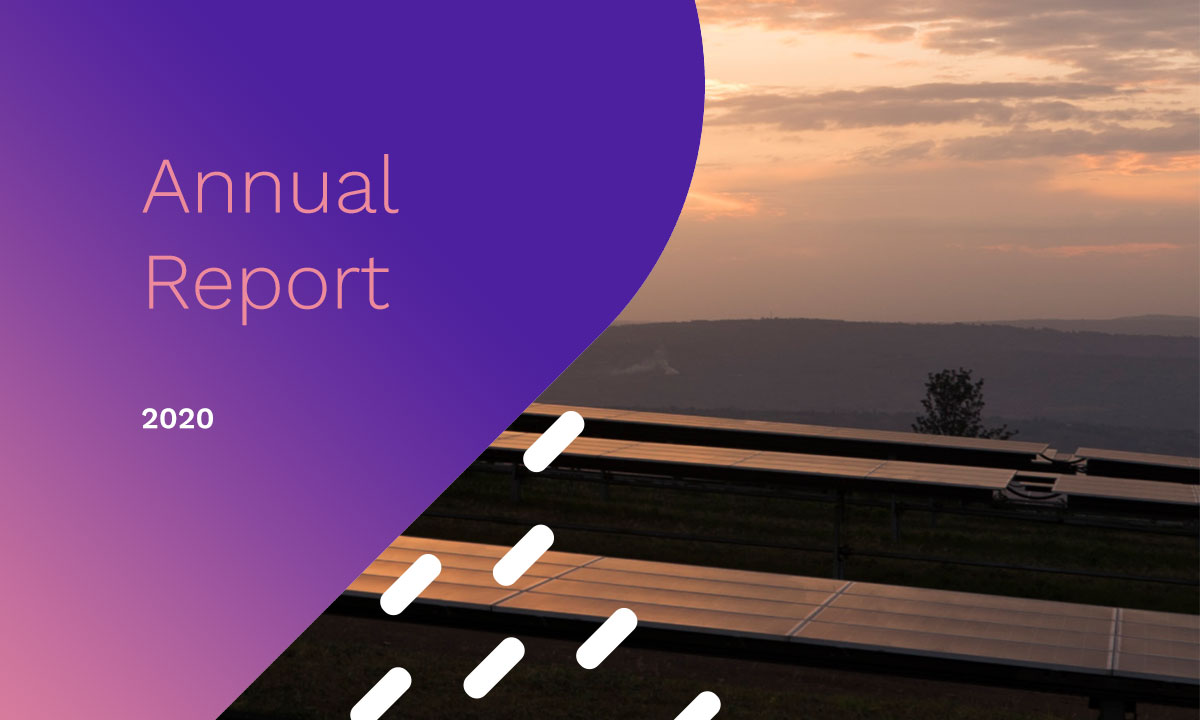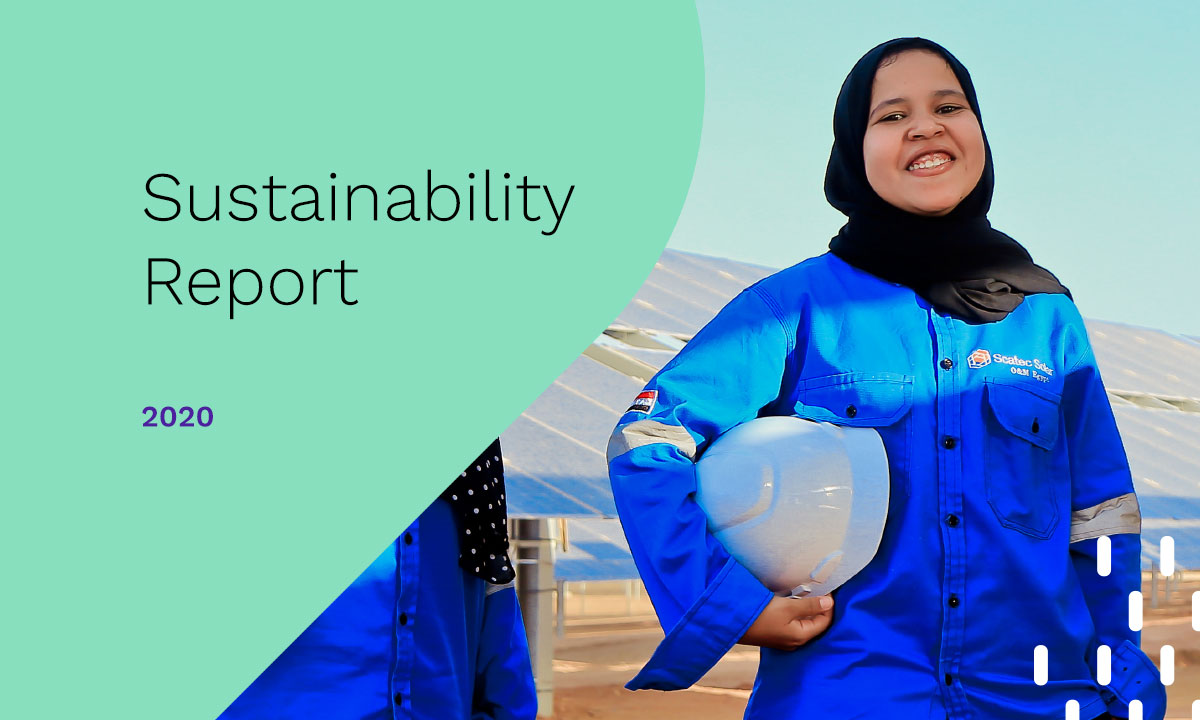Annual Report

According to Bloomberg New Energy Finance (BNEF), global electricity demand saw a 5% drop in 2020, but it is expected to grow again in 2022 with a 60% increase towards 2050. The rising demand is largely driven by consumption growth in non-OECD countries and will primarily be met by renewable energy supply. Solar, wind, hydro and energy storage are estimated to represent 73% of the global energy mix, solar and wind accounting for 58% and hydro and energy storage contributing another 15%.
The estimated ten-fold increase in renewables’ share of installed capacity from 2019 to 2050 is primarily led by the falling costs of solar, wind and storage solutions. Currently, either solar or wind is the most cost competitive new electricity generation in countries representing 76% of GDP and 90 % of the global electricity production.
Wind, solar, hydro and storage are expected to work complementary in the renewable energy market throughout the outlook for 2050
The energy transition attracted investments of more than USD 500 billion in 2020. Out of the total, renewable energy accounted for USD 300 billion, which is a new level expected to remain in 2021.

Despite the testing waters of the COVID-19 pandemic, 2020 was another booming year for solar totaling 132 GW of new-build globally. This year is expected to set new records, BNEF forecasting 2021 to see new installations of between 151 GW to 194 GW, reaching 200 GW by 2022. The accelerated growth is driven by increased underlying demand, delayed projects from 2020 and the adoption of national plans to meet net-zero commitments. The levelised cost of electricity for utility-scale PV is expected to drop more than 50% by 2050 and solar capacity will continue to grow, averaging 5.3% year-on-year with an average annual deployment of 246 GW. By 2050, global investments in solar PV is expected to reach 4.2 trillion USD, of which 62% will be directed towards utility-scale projects.
New wind installations reached 73 GW in 2020 as governments strived to design green economic recovery packages. Wind is expected to reach new record-high levels in 2021, estimated at 84 GW. 2021 will be dominated by onshore installations, amounting to 75 GW. Improved efficiency and lowered equipment, development and financing costs for onshore wind will continue to drive prices down. Wind is expected to attract around 5.9 trillion USD in investments globally by 2050, approximately 40% more than the estimate for solar, being less capital-intensive.

The global energy storage market saw a substantial development in 2020 with 4.6 GW/9.4GWh in new capacity. Although at a slower pace between 2020-2022 due to the COVID-19 pandemic, the market is expected to continue growing and reach approximately 1.7 TW/5.8 TWh in cumulative installations by 2050. Utility-scale projects will account for 70% of global installations. Countries in the Asia Pacific will cover the main bulk of installed capacity, driven by power market deregulation, low cost of batteries and policy commitments to net-zero. Globally, energy storage is expected to attract USD 964 billion in investments by 2050, of which USD 485 billion will be towards energy-shifting batteries, typically used in higher renewable energy system.
Global hydropower new build reached approximately 18 GW in 2020 and is forecasted to further increase in 2021 and 2022 at an average of 28 GW per year, largely driven by growth in China and other Asian countries. With increased installed capacity, global hydropower generation is expected to grow by 10% towards 2025, increasing from 4,250 TWh in 2019 to 4,650 TWh in 2025. As such, hydropower will represent 16% of the global electricity generation by 2025. Global investments in hydro is expected to reach around USD 150 billion between 2020 and 2050.

